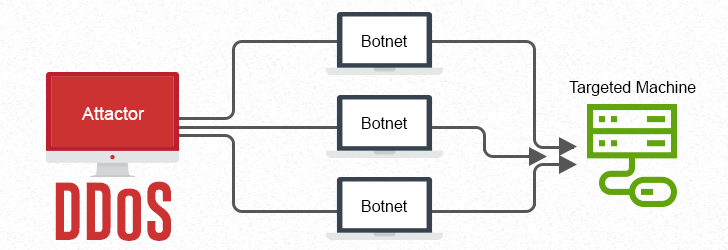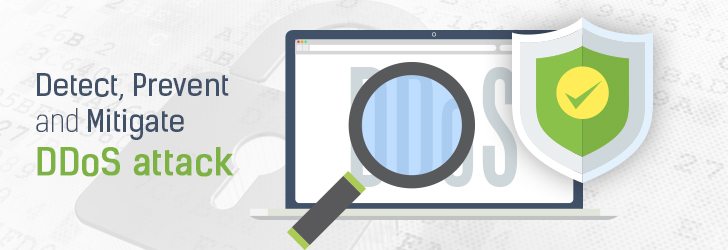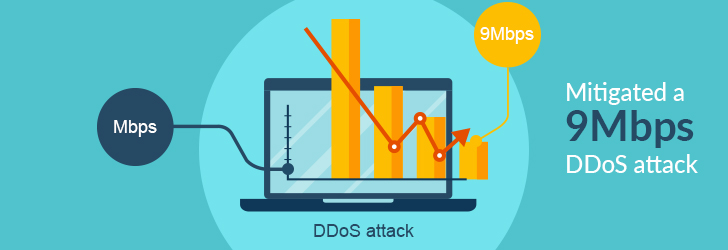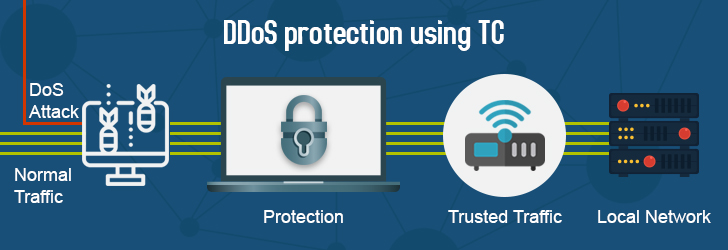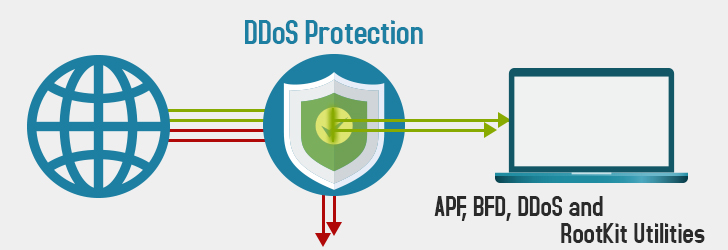
Have you ever experienced a situation where your site is slow to crawl on a regular traffic day? That could be a silent warning of a DDoS attack on your website. While most teams have strong firewalls and server logs to protect their backend, there is no way to discover the front-end issues.




